What is fertilization?
The process of fertilization involves complex interactions between egg and sperm. It includes biochemistry and binding and activation of molecular receptors on the sperm head and egg.
Where does fertilization occur?
- In humans fertilization occurs in the end of the fallopian tube away from the uterus (close to the ovary).
- The egg and the associated cumulus cells are ovulated (released) from an ovarian follicle and picked up by the fallopian tube.
- The tube pulls it inside where the sperm can find it.
- With in vitro fertilization, IVF, fertilization occurs in a laboratory dish or test tube, etc.
A “mature” egg is needed
- In order for fertilization to happen the egg must be mature.
- “Mature” means that it has completed the process of meiosis to the metaphase II stage (we call it “M2”) – and is then ready to accept a sperm.
- The sperm brings in another 23 chromosomes to complement the 23 held in the egg to get to a total of 46 chromosomes – what all of us normal people have.
How long is the egg able to be fertilized after ovulation?
- We know from in vitro fertilization studies that the egg is only capable of being fertilized for about 24 hours after ovulation.
- It is not known why it has such a short functional lifespan after ovulation, but clearly something is rapidly changing within the egg.
- Spermatozoa can live within the female reproductive tract for several days and still maintain fertilizing potential.
- Therefore, intercourse can occur up to several days prior to ovulation and when the egg shows up for the date the sperm could potentially still get the job done.
Ovulation and initial sperm-egg interaction
- The egg is ovulated from the ovarian follicle with an associated mass of cumulus cells that are attached to it.
- The sperm must digest through the cumulus with the help of their associated enzymes.
- The sperm binds to specific receptors on the zona pellucida (outer shell of the egg).
Sperm penetration into the egg
- A series of steps allows the sperm to penetrate the shell and finally bind to the outer egg membrane (oolemma), which is just within the outer shell.
- Then the sperm head can release its contents into the center of the egg.
- The main thing that the sperm brings in are the 23 chromosomes.
Egg allows only one sperm in – prevention of polyspermy
Once a single sperm has penetrated, an internal reaction occurs in the egg which securely blocks other sperm from entering.
Pronuclear formation and completion of fertilization
-
- Formation of male and female pronuclei are the final step in the fertilization process
- Pronuclei contain the genetic material (DNA) from the sperm and the egg
- With pronuclei formation, the fertilization process is completed
- A fertilized egg is also called a “zygote”, a “1 cell embryo” or a “2 pronuclear embryo”
Fertilized embryo with male and female pronuclei in center (arrows)
What is in vitro fertilization – IVF?
- “In vitro” is Latin for “in glass”
- In vitro fertilization occurs outside of the body – usually in a plastic petri dish
- With IVF there are 2 ways to achieve fertilization in the lab
- Mixing thousands of motile sperm in a small drop of media with eggs
- This is IVF with “insemination” (different from intrauterine insemination)
- Injection of sperm directly in the eggs – intracytoplasmic sperm injection, ICSI
- Mixing thousands of motile sperm in a small drop of media with eggs
What is involved in the IVF process?
- The term “in vitro fertilization” is used to refer to the fertilization process itself, and also to the entire IVF process:
- Ovarian stimulation with medications
- Egg retrieval procedure
- Fertilization, by insemination or by sperm injection – ICSI
- Embryo culture for 3 to 5 days
- Transfer of embryos back to the uterus











